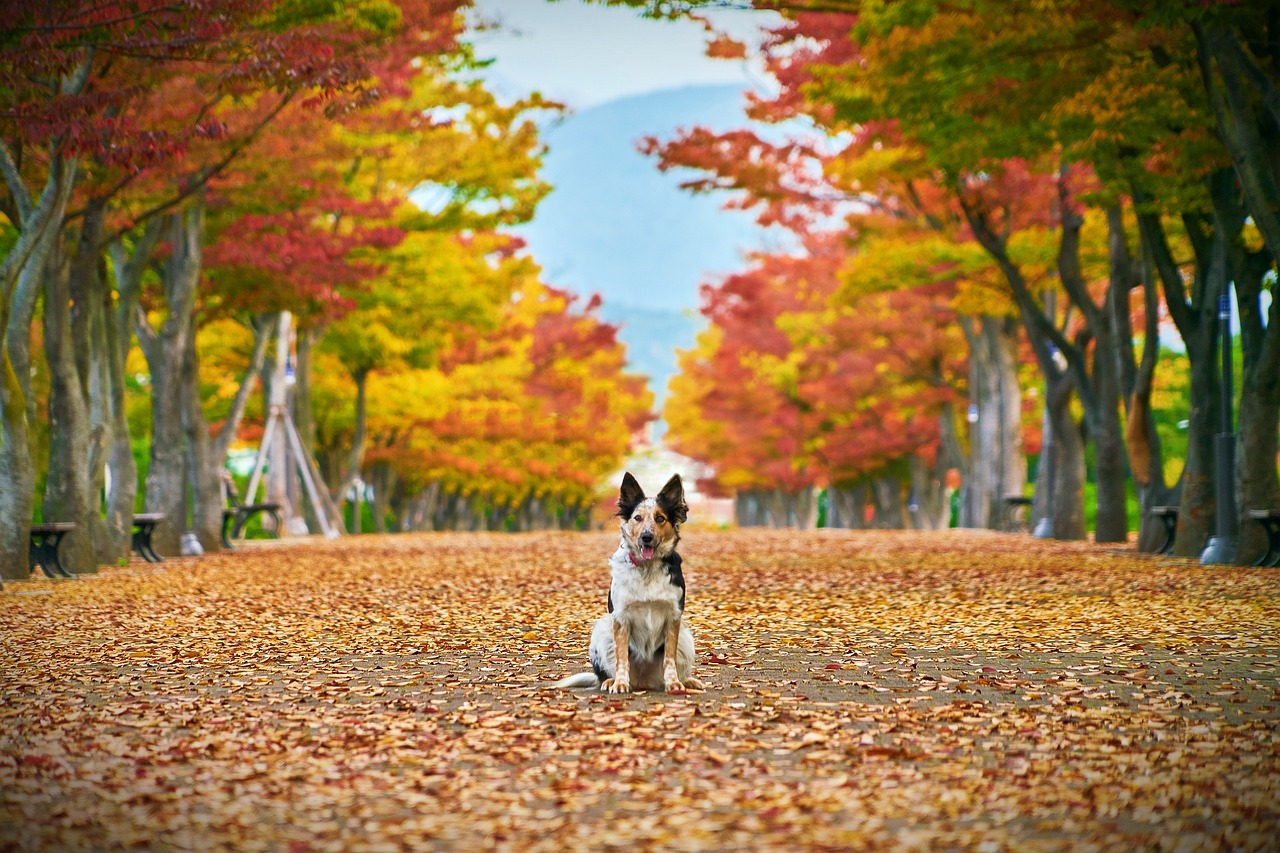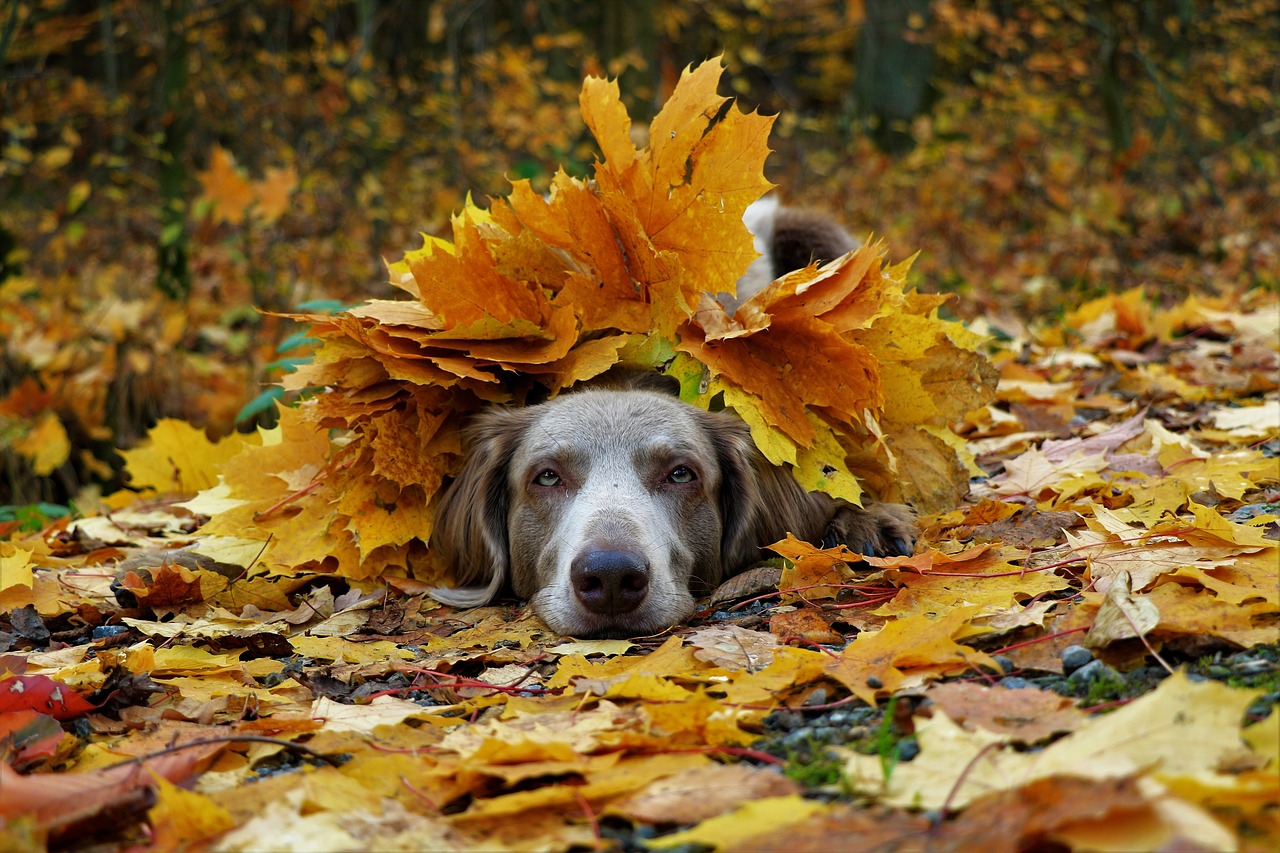Fall brings a spectacular display of colors and a crisp breeze that signifies the changing seasons. However, for pet owners, it’s also a time to be extra cautious. A number of potential dangers can pose a threat to the wellbeing of our canine friends. Let’s explore six of these dangers that may be lurking both inside and outside your home, and how to safeguard your beloved pets.
1. Poisonous Plants and Foods
Autumn’s bounty, while beautiful and festive, can hide potential dangers to dogs in the form of poisonous plants and tempting but harmful foods.
a. Fall Foods
As we prepare for the season with delicious meals and treats, it’s important to keep harmful ingredients such as chocolate, grapes, and xylitol-containing products out of reach from curious snouts.
b. Houseplants
Bringing plants inside to protect them from cooler temperatures is a common practice. However, some plants, including Autumn Crocus and Chrysanthemums, can be toxic to dogs, causing symptoms ranging from gastrointestinal distress to organ damage.
a. Wild Mushrooms
Mushrooms flourish in the damp conditions of fall. While some are harmless, others can be deadly to dogs. Ensure that your yard is clear of wild mushrooms to prevent accidental ingestion.
2. Pests and Parasites
Fall is also a peak time for pests and parasites, which can transmit diseases and cause distress in dogs.
a. Rodenticides
The use of rodenticides increases during the fall as rodents seek shelter from the cooling temperatures. These substances are poisonous to dogs, so it’s crucial to place them where your pet can’t access them.
a. Ticks and Fleas
As leaves accumulate and the weather turns damp, ticks and fleas find perfect breeding grounds. Protect your dog with appropriate tick and flea preventatives as recommended by your veterinarian.
3. Falling Temperatures and Related Hazards

The dropping temperatures usher in a set of hazards that can threaten your dog’s health and safety.
a. Heaters and Fireplaces
Heating elements like heaters and fireplaces can cause burns and other injuries. Implement safety measures such as screens to keep your dog at a safe distance.
a. Hypothermia
Especially in elderly or small breed dogs, prolonged exposure to cold can lead to hypothermia. Ensure your dog has a warm, cozy shelter and consider dog sweaters or jackets for extra protection during walks.
b. Ice-Melt Products
These products can be harmful to your dog’s paws or if ingested. Opt for pet-safe alternatives and clean your dog’s paws after outdoor walks.
4. Decreased Daylight
Fall means shorter days, posing a different set of risks for your dogs.
a. Visibility
With shorter days, you might find yourself walking your dog during dusk or dawn. Make sure your dog is visible by using reflective collars, leashes, or even LED accessories to avoid accidents.
5. Allergies

As plants shed their foliage, allergens abound, which can trigger allergies in dogs.
a. Environmental Allergens
Dogs can be allergic to mold, pollen, and other environmental allergens prevalent in the fall. Monitor your pet for signs of allergies like itching, and consult with your veterinarian for management strategies. (here’s our favorite natural remedy for fall allergies)
6. Increased Wildlife Activity
Autumn is a time when many wild animals are preparing for winter, leading to increased wildlife activity.
a. Encounters with Wildlife
During fall, encounters with wildlife such as snakes preparing for hibernation or aggressive behavior from animals protecting their territory can pose dangers. Always supervise your dog during outdoor activities to prevent unwanted encounters.
The beauty of the fall season is undeniable, but as the leaves change color and the temperatures drop, it’s our responsibility as pet owners to safeguard our canine companions from the increased risks. Awareness of these potential hazards and taking appropriate measures to mitigate them will ensure a safe and joyful fall season for your furry friend. Remember, a safe dog is a happy dog!

 Toledo, United States.
Toledo, United States.